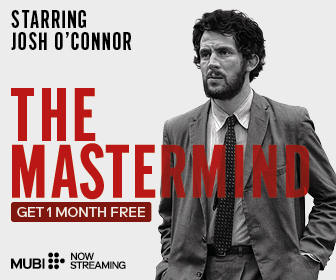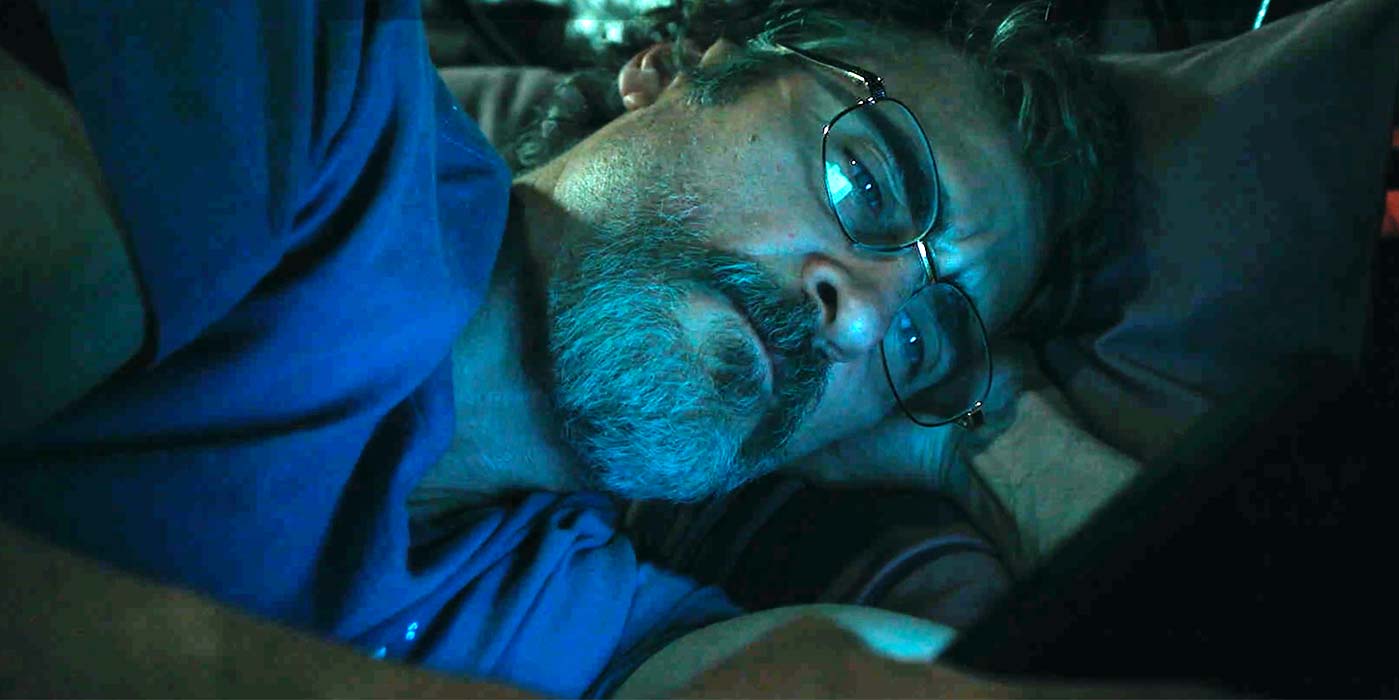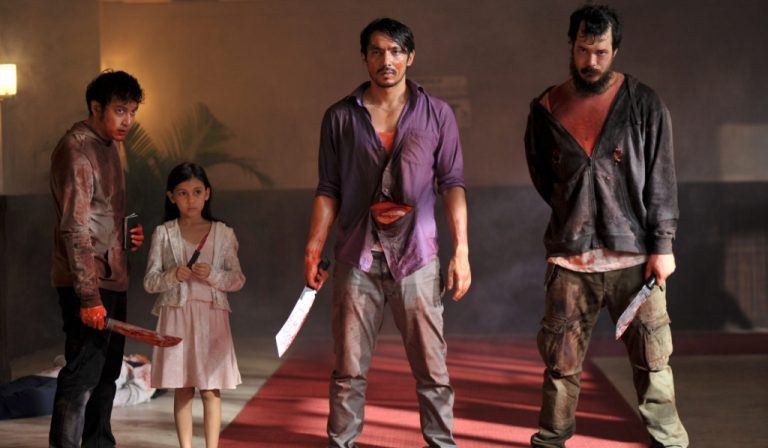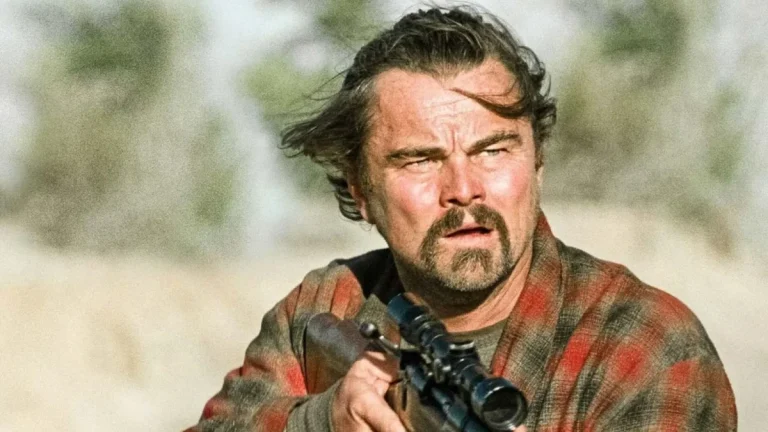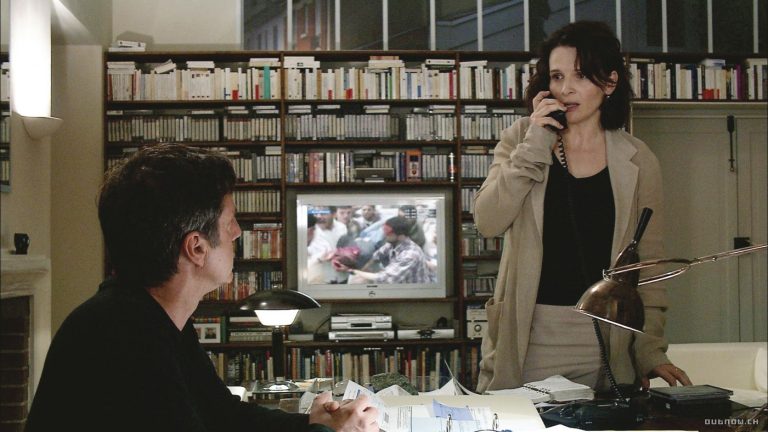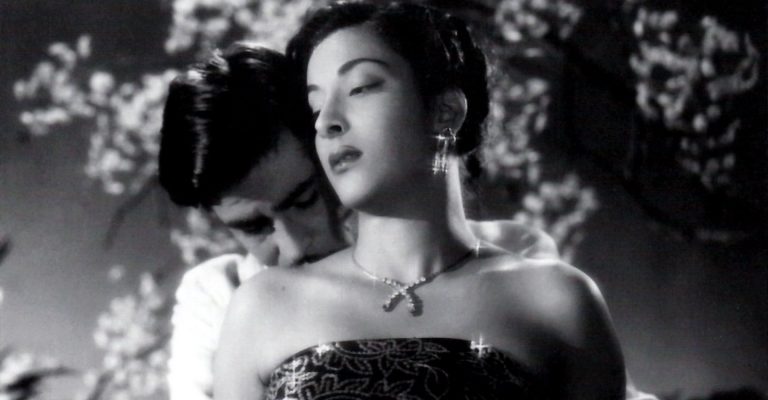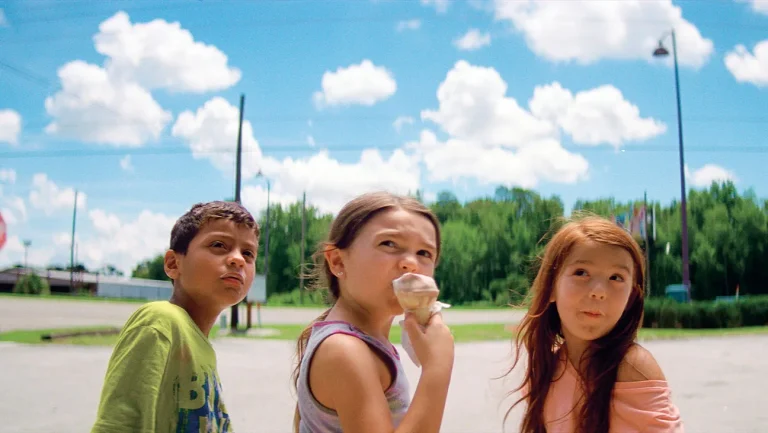Every culture returns to its myths when it feels most fragile. For America, that myth has always been the Western: the lone figure, the endless horizon, the belief that solitude equals strength. The Western genre promised clarity where life was messy: good against evil, progress against wilderness, the self made eternal against the chaos of the world.
In 2025, two filmmakers — Ari Aster and Paul Thomas Anderson — aim to explore that mythology, albeit from different angles. Their films, “Eddington” and “One Battle After Another”, don’t resurrect the Western movie genre so much as exhume it, revealing the anxieties still buried inside. Seen together, they feel less like genre exercises than dispatches from the fault lines of contemporary America.
The Western has always been more than a genre. It was America’s mirror, projecting a fantasy of independence and permanence that the nation could cling to, especially in moments of crisis. From John Ford’s sweeping Monument Valley panoramas to the violent disillusionment of Sam Peckinpah, the Western evolved alongside American identity, offering both comfort and critique.
But what Aster and Paul Thomas Anderson understand — and what makes their double contribution in 2025 feel urgent — is that the Western genre today no longer offers comfort at all. It is the most revealing space for exposing our cultural fractures, our collective doubts, our gnawing awareness that the myths we inherited no longer protect us.
In “Eddington”, Aster strips the Western to its bones. Gone are Ford’s skies that seemed to stretch forever, or the mythic scale of conquest that once defined the genre. What remains is contraction: narrow streets, barren homes, characters armed to the teeth yet unable to protect themselves from despair. The air is heavy, even when nothing happens. Silence becomes its own kind of violence — not peace, but paranoia. Aster shows us a frontier turned inside-out, where isolation is mistaken for freedom, and connection feels impossible.
This world feels uncannily familiar because it echoes pandemic America, a time when mistrust became as common as breath. Masks and vaccines became more than health measures; they were tribal flags, weapons in a culture war over identity. Self-sufficiency was repackaged as a virtue, even when it only deepened loneliness. In “Eddington”, the gunslingers aren’t men of destiny but shells circling their own dread. The promise of expansion collapses into claustrophobia. The American dream shrinks until it becomes indistinguishable from exile.
Paul Thomas Anderson’s “One Battle After Another”, however, turns the lens differently. If Aster collapses space, Anderson bends time. The film is structured not around triumph but around repetition: skirmishes without resolution, victories dissolving into ash, pursuits that lead only to another pursuit. Leonardo DiCaprio’s Bob — one of his defining late-career performances — is both central and incidental. He matters deeply in one scene and disappears into the wallpaper in the next. He is the paradox of modern existence: to live now is to be both significant and disposable, to fight for meaning while the world scrolls indifferently past.
Also Read: 6 Movies to Watch If You Liked Eddington
And yet, within this futility, Anderson finds a rhythm of persistence. Where Aster offers diagnosis — a society suffocating on its own myths — Anderson offers endurance. Not the grand optimism of destiny or permanence, but the smaller, stubborn kind: persistence itself as an act of defiance. Bob survives not because the battles matter, but because continuing through them matters. The film’s tonal balance — between absurdity and despair, comedy and collapse — is so finely tuned that it hides its high wire act in plain sight. Anderson suggests that greatness lies not in control but in the illusion of ease, in carrying on even when permanence is a mirage.
Together, “Eddington” and “One Battle After Another” form a cultural diptych: one shows us collapse; the other, drift. Aster excavates the rot in America’s oldest myth — the lie that solitude equals strength. Anderson accepts the futility of endless battles but insists that living through them still has value. Both films reflect a nation caught between nostalgia for permanence and the dawning recognition that nothing, in fact, holds still anymore.
What makes these films urgent isn’t their use of genre trappings, but their cultural timing. At a moment when school curricula rewrite history, when digital feeds feel louder than lived experience, when political tribes cling to myths of conquest on one side and redemption on the other, both films land like jolts. They don’t resolve. They don’t soothe. Instead, they chart the terrain we now inhabit: suspicion, repetition, survival.
And yet, there is still something like hope pulsing inside them. Not hope as catharsis, nor as a neat resolution, but as an insistence that to endure is itself meaningful. In “Eddington,” that hope lies in the act of seeing the lie for what it is. In “One Battle After Another”, it lies in refusing to surrender to futility, even when futility seems inevitable. These aren’t films that grant easy comfort. They are films that ask us to live without it — and in doing so, they feel oddly liberating.
If they last — and they will — it will be because they capture something larger than cinema. They map the drift of a culture at war with its own stories. It shows us that the Western genre never disappeared; it simply migrated inward, becoming less about land and more about the psychic frontiers we struggle to cross. They force us to admit that America’s myths are not behind us, but in front, woven into our politics, our screens, our very sense of self.
And in that way, Eddington and One Battle After Another could well be remembered as the decade’s defining double feature. Not because they hand us neat answers about who we are, but because they confront us with what we’ve drifted into: fractured, uncertain, circling endlessly — and yet, against the odds, still alive. There are no consolations here. No easy catharsis. But in the cracks, in the skirmishes, in the echoes that remain, the films press a quiet, radical truth: that survival itself is still worth clinging to.

